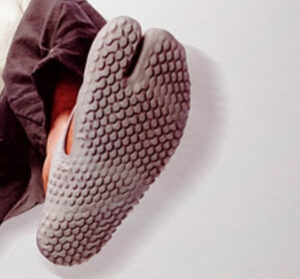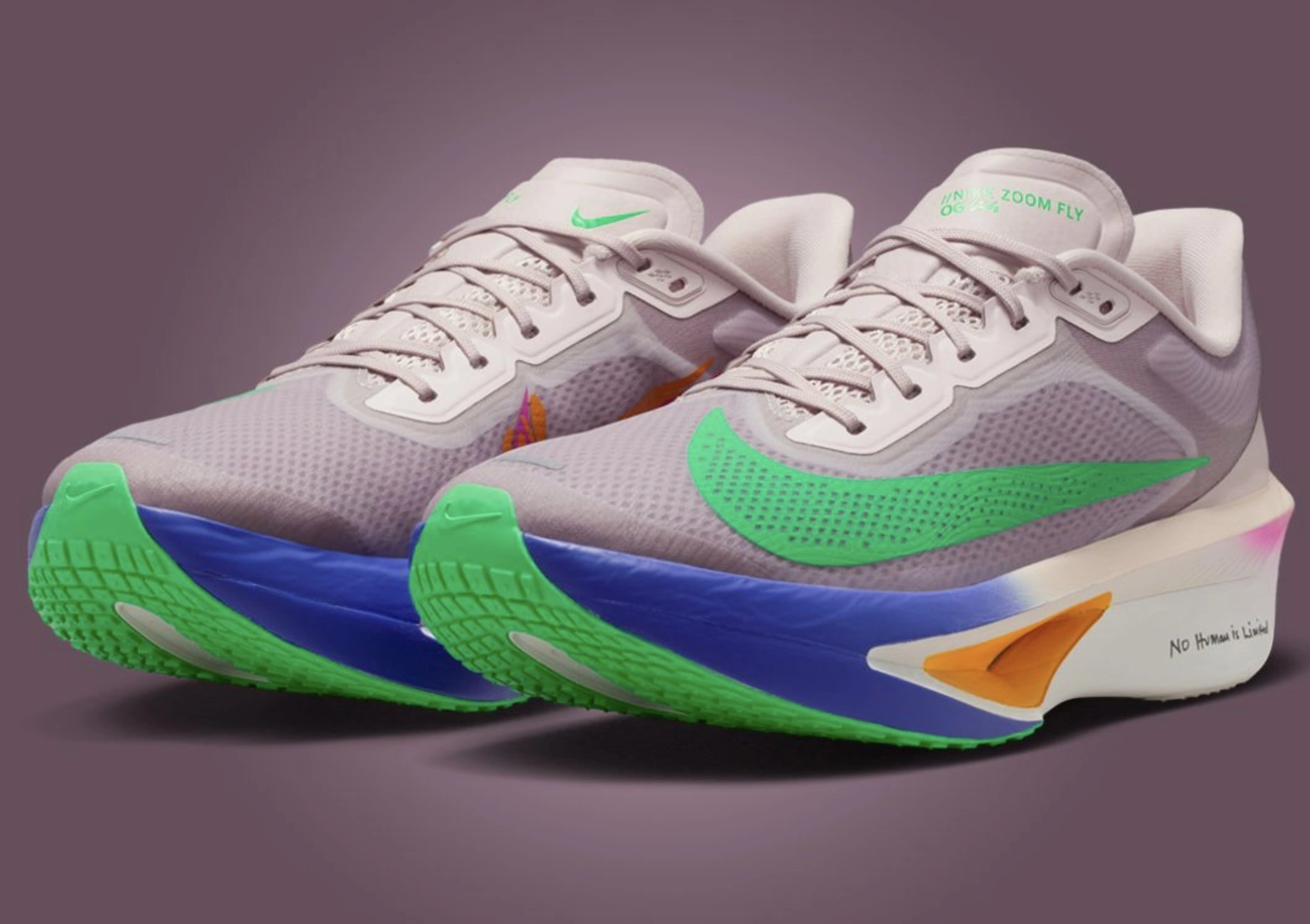
In an era increasingly defined by customization and environmental reckoning, Vivobarefoot’s latest innovation arrives like a quiet revolution underfoot. The London-based footwear brand, long known for its commitment to minimalist and barefoot-style shoes, has introduced the Tabi Gen 01 — the world’s first fully custom, 3D-printed barefoot sandal. The launch signals not merely an evolution of form, but a radical departure from the mass-manufactured status quo. With the first 590 pairs being distributed via exclusive sign-ups and in-store appointments in London and Prague, the Tabi Gen 01 represents a rare hybrid: bespoke craftsmanship driven by cutting-edge technology and an ancient reverence for natural movement.
A Sandal Born of Precision, Not Production
At the heart of the Tabi Gen 01 is Vivobarefoot’s proprietary scan-to-print system, which uses biometric data captured from a foot scan to generate a digitally rendered sandal that mirrors the wearer’s unique anatomy. Unlike standardized sizing models that rely on length and width, this new method captures a three-dimensional understanding of the foot’s shape, arch, toe splay, and pressure points. The result? A shoe that does not generalize, but listens — responding in form and feel to the intricate mechanics of natural human movement.
This intimate fit enhances more than comfort. The Tabi Gen 01 is engineered to work with the foot’s anatomy rather than against it, allowing for greater sensory feedback, improved proprioception, and better postural alignment. Flip-flops and sandals are typically seen as casual, even orthopedically lazy; Vivobarefoot has turned that reputation inside out by delivering a product that is both medically beneficial and stylistically resonant.
The Barefoot Philosophy Reinforced by Innovation
Vivobarefoot’s commitment to barefoot principles — thin soles, wide toe boxes, and zero drop from heel to toe — underpins every aspect of the Tabi Gen 01. But here, the philosophy is sharpened by technological enhancement. The sandal’s split-toe silhouette, inspired by the Japanese tabi shoe, is not merely an aesthetic flourish. It is a functional design that fosters greater big toe mobility, allowing the foot to anchor and stabilize with more agency.
This feature aligns with a growing body of biomechanical research that links foot freedom to joint health, balance, and overall mobility. When the toes are allowed to splay, and the arch is not crutched by artificial support, the foot strengthens itself. The Tabi Gen 01 is less a shoe and more an exoskeleton — a second skin calibrated for movement.
Ancient Roots, Digital Future
Vivobarefoot’s designers, led by co-founder and Chief Design Officer Asher Clark, traced the sandal’s inspiration not to contemporary fashion runways but to archaeology. The brand openly cites 4,000-year-old Egyptian footwear, Native American leather constructions, and the sage-like simplicity of early human sandals discovered in the caves of Oregon. In these precedents, Clark and his team found design that prioritized utility, longevity, and anatomical truth — principles often lost in the noise of modern commercial design.
But what sets the Tabi Gen 01 apart is how these ancient blueprints are now retranslated through contemporary tools. Each sandal is 3D-printed on demand, ensuring zero excess inventory and minimal waste. Made from recyclable, bio-based materials, the footwear not only honors the earth beneath our feet but also avoids burdening it further.
This production model challenges the dominant model of the footwear industry, which is notoriously resource-intensive and waste-generating. The environmental benefits of Vivobarefoot’s process are manifold: no deadstock, no mass shipment, no guessing at inventory. It is not only custom — it is conscience-driven.
Walking Away from Standardization
The release of the Tabi Gen 01 is emblematic of a broader philosophical pivot — away from standardization, and toward regeneration. In both its materials and messaging, Vivobarefoot advocates for rewilding not only our physical experience of the world but our industrial systems. This approach dovetails with the brand’s Livebarefoot Foundation, a social enterprise initiative that invests in regenerative projects and indigenous land protection. In this light, the Tabi Gen 01 isn’t just a product launch — it’s a provocation, asking why the default in footwear remains restrictive, polluting, and impersonal.
Vivobarefoot’s sandal stands as an argument for a more intimate consumer relationship — one in which the shoe fits not just because of size, but because of values, utility, and evolution.
Experiential Retail and Human Touch
The initial rollout of the Tabi Gen 01 reflects Vivobarefoot’s prioritization of experience over mass reach. The first wave of pairs is available exclusively through in-person interactions at their London and Prague concept spaces, where customers are invited to undergo full-foot scans and consultations. It’s an act that feels more like being measured for a tailored suit than buying a pair of sandals.
This slow release strategy reinforces the brand’s belief in durability over disposability. Rather than saturating the market with high stock and aggressive marketing, Vivobarefoot chooses to build quiet momentum through quality and intention. The brand is not racing for trend cycles — it is stepping into a space of meaningful permanence.
Design as Dialogue
There’s an inherent humility in the Tabi Gen 01’s silhouette — a soft neutrality that eschews branding bravado in favor of biomechanical fidelity. In this way, the shoe acts as a dialogue between the wearer and the earth. Its minimalism is not a lack of design, but the distillation of centuries of functional footwear thinking into its purest form.
Each component has a purpose. The split toe enhances lateral stability. The strapping system cradles without constraining. The sole, only millimeters thick, delivers durability without disconnecting the foot from terrain. It is, in the fullest sense, a shoe that listens more than it speaks.
A New Path for Footwear
The Tabi Gen 01 may be one sandal, but its implications are vast. It opens a door for other brands — and more importantly, consumers — to rethink what shoes can be and how they should be made. The intersection of individualized manufacturing, sustainability, and ancient wisdom embodied by Vivobarefoot’s latest creation feels less like a novelty and more like a new baseline.
For a global industry that churns out more than 20 billion pairs of shoes annually — most destined for landfills within two years — the Tabi Gen 01 proposes an alternate trajectory. One in which shoes are not disposable, but deliberate extensions of the human form. One in which technology serves not to dominate nature, but to reconnect us with it.
Final Footprints
As we look ahead to a future that demands both climate resilience and personal agency, Vivobarefoot’s Tabi Gen 01 emerges not simply as a product but as a philosophical marker. It is proof that innovation can feel ancient. That technology can be intimate. That a shoe, when made right, doesn’t just carry you — it frees you.
In the quiet clarity of its design, the Tabi Gen 01 reminds us that sometimes the most radical step forward is a return — to the earth, to ourselves, and to a kind of simplicity we’ve always known but only now have the tools to make our own.
No comments yet.









